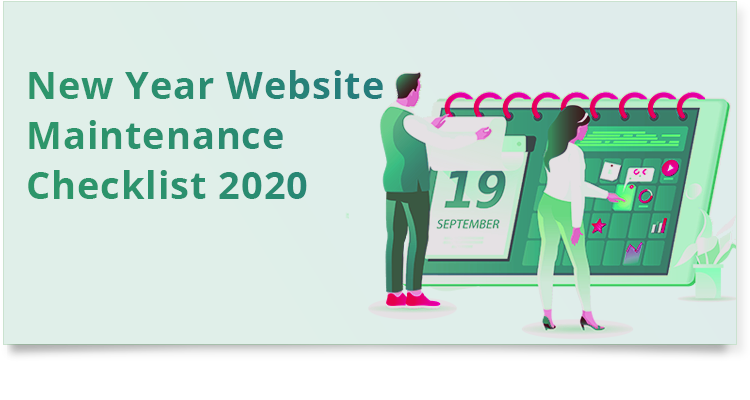- If you’re like most website owners, you’re probably not looking at any of the stats on your website, or you’re not even sure what to look at. Yet over 75% of people base credibility of a business based on their website.
So if you’re not tracking your website to know if you’re doing good or bad, you might not even know if your website’s hurting your credibility. That’s why I put together this article, so you can know the 7 stats you should be watching on your website.
- Number of visitors. This is how many people are visiting your website daily, weekly, and monthly. You should be recording this and graphing it to see if your website visitors are trending up or down. Lucky there’s a great free piece of software called Google Analytics, which can track and graph all this for you. I’d suggest making sure you have that set up on your website and you’re at least reviewing this weekly. If you need help getting this set up, our Tampa web design company can help.
- Top referral sources. If you don’t know how people are getting to your website you’ll never be able to increase the number of visitors you get. On top of that, many times when I’ve reviewed a website top referral sources we found referrals from websites we had no idea were talking about the company or website. In many cases, this was an untapped resource for more leads, customers, and sales. So if you’re not reviewing this at least weekly, you’re missing out. And fear not about tracking this!.. You can track this for free with Google Analytics.
- How many leads. It probably should go without saying, that if you don’t know how many leads your website is sending you, then how do you know if your website is even worth it!?! If there is any stat on this list you should be tracking over any other stat, it’s this one. You should know how many leads you’re getting daily from your website. And here is the kicker… Most people think it’s zero because they’re not actually tracking it. You should have a tracking phone number in place and all your contact and lead forms should be tracked as well. A tracking phone number is a special phone number you can place on your website to count up how many new people (leads) contact you from your website. You’ll be surprised at how many people call in from your website and don’t tell you they found you online. But you’ll never know unless you’re tracking this.
- Bounce rate. Bounce rate is the percentage of people who immediately or very quickly leave your website without actually engaging with it. Basically, these are people that came to your website, didn’t immediately like what they say or find what they needed and immediately left. If your website is getting a high bounce rate then that’s signal there is something wrong either with your website or the content on it and you should change it as you’re turning most people off. Software like Google Analytics can track and calculate your website’s bounce rate.
- Position in search rankings. Even if you’re not doing anything to optimize your website you should at least be keeping track of where you’re ranking in search engines like Google. The most accurate way to do this is to use position tracking software, as manually tracking this can be highly inaccurate. This is also something that if you need help with we do have a service we offer to track your positions for you. You should at least be reviewing your rankings weekly.
- How often your website is down. Most of us aren’t checking our website constantly because we assume it always up and online. But if you’re not watching this, you’d be surprised at how many times your website goes offline. And the biggest problem with that is if you don’t know that your site is offline then you’re losing leads, customers, and possible sales. This is something you should be reviewing daily if you have a high trafficked website. In fact, even better would be to both keep this as a stat that you check over, but also set up alerts to your phone every time your website goes down.
- How many errors your website is getting. This is something most people don’t even think about. But it’s super critical, because if your website is not functioning then you can not only be missing out on leads, customers, and sales but also leaving a bad impression. In fact, 88% of website visitors are very unlikely to return to your website if they have a bad experience. So you should be both tracking and reviewing the errors on your website. There are a number of ways to track this. One is to look at your server error logs, and another is to use software such as New Relic.
If you need help figuring out how to view any of these stats or want a more comprehensive list of what stats you should be looking at, then take advantage of our free evaluation.







0 Comments